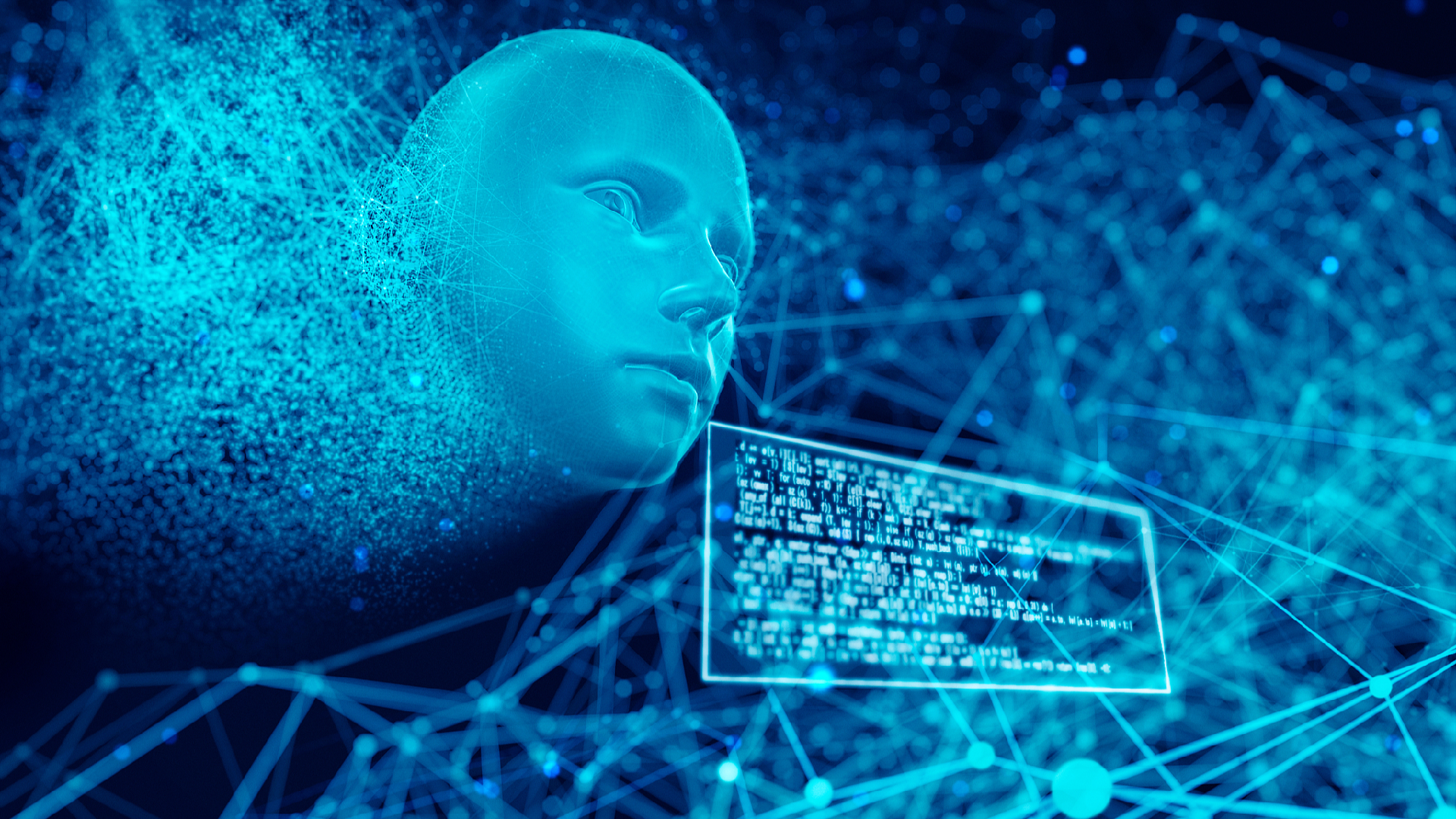China Creates Humanoid Robots with Realistic Facial Expressions
During the summer break, Liu Xiaofeng, a professor at Hohai University in Jiangsu Province, east China, and his research team have stayed dedicated to their laboratory work, concentrating on creating humanoid robots with highly expressive facial features.

The research team is focused on enhancing human-robot emotional interaction technology and has devised a new algorithm for generating facial expressions on humanoid robots.
At its 26th annual meeting on July 2, the China Association of Science and Technology prioritized research on emotionally intelligent digital humans and robots, placing it at the forefront of the 10 major cutting-edge scientific issues for 2024.
On that same day, Liu's team presented their findings in the international journal IEEE Transactions on Robotics, showcasing a novel approach for action unit (AU)-driven facial expression disentangled synthesis.
Humanoid robots often face challenges in portraying the complex and authentic facial expressions that are unique to humans, which can affect user engagement, Liu pointed out.
"To address this challenge, we introduced a comprehensive two-stage methodology to empower our autonomous affective robot with the capacity to exhibit rich and natural facial expressions," he added.
Liu elaborated that the initial stage of their method involves generating nuanced robot facial expression images directed by AUs. In the following stage, they bring to life an affective robot with highly detailed degrees of freedom in facial movements, allowing it to mirror the synthesized intricate facial expressions.
Ni Rongrong, from Changzhou University and co-author of the paper, noted that many people are familiar with "digital humans" and "virtual anchors" that can produce a variety of real-time expressions.
However, humanoid robots encounter specific challenges, such as constraints related to the size and number of motors, which complicates the task, Ni explained. "For example, the humanoid robot we previously used had only nine micro motors beneath its facial surface, far fewer than the number of muscles in a human face."
Therefore, Ni mentioned that the team divided the nine motors on the humanoid robot's face into 17 AUs to enable more expressive and smoother transitions through coordinated movements.
Liu stated that the researchers plan to increase the number of facial AUs, allowing a robot to autonomously produce delicate expressions.
Liu believes that as the emotional interaction capabilities of humanoid robots continue to improve, these robots—with both high emotional and intellectual quotient—will find widespread application in nursing homes, kindergartens, special education schools, and other areas.
"The humanoid robots will not only assist or replace humans in completing some tasks but also bring more emotional value," he said.
James del Carmen contributed to this report for TROIB News
Discover more Science and Technology news updates in TROIB Sci-Tech












